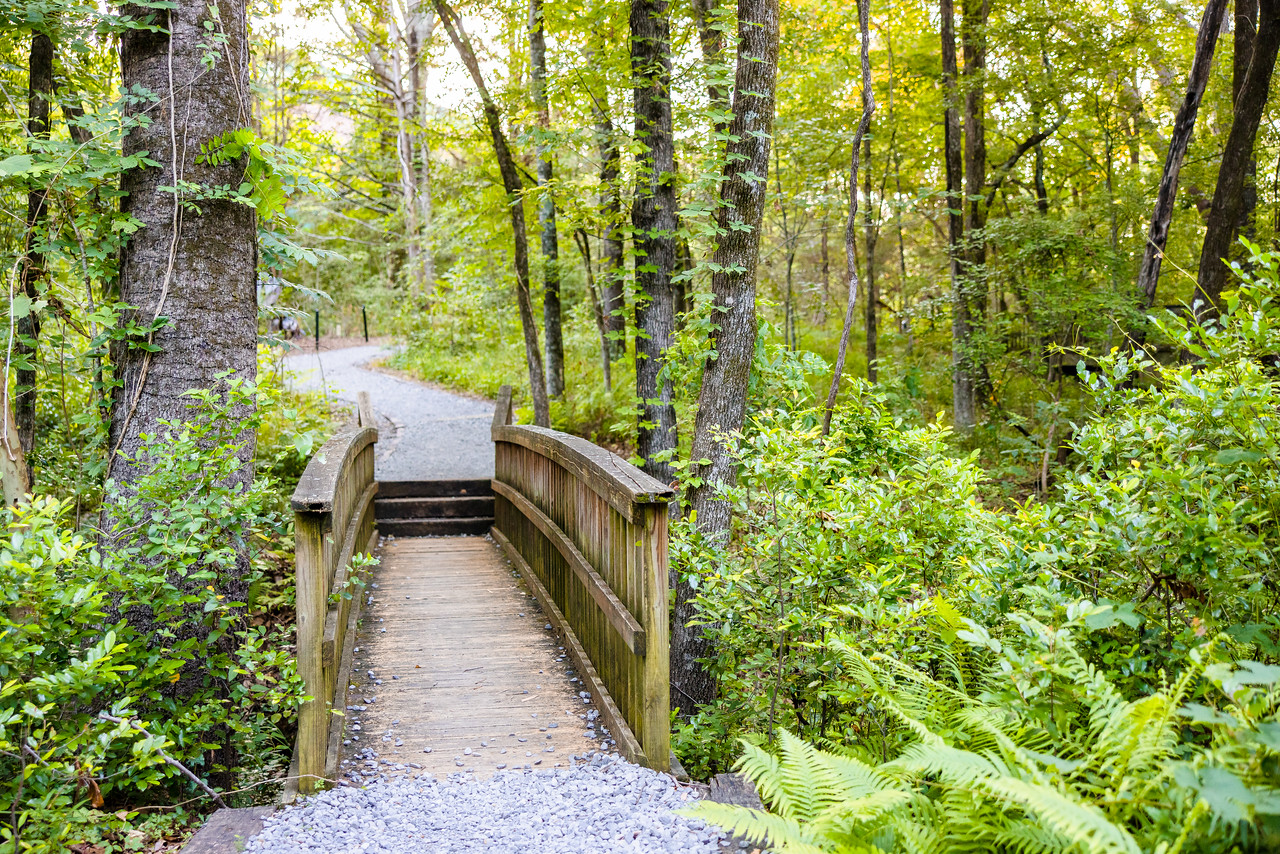
Sharing our Trails
A guide to trail safety and enjoyment
Responsible trail enthusiasts, have much in common, they have an appreciation for our public lands and want to enjoy what our public lands have to offer. Smart trail use includes adherence to some basis safety practices. Trails are shared recreation amenities and are accessed by a variety of users at the same time. Please be courteous to all users, and remember that pedestrians have the right-of-way. All trail users should stay to the right on the trail.
